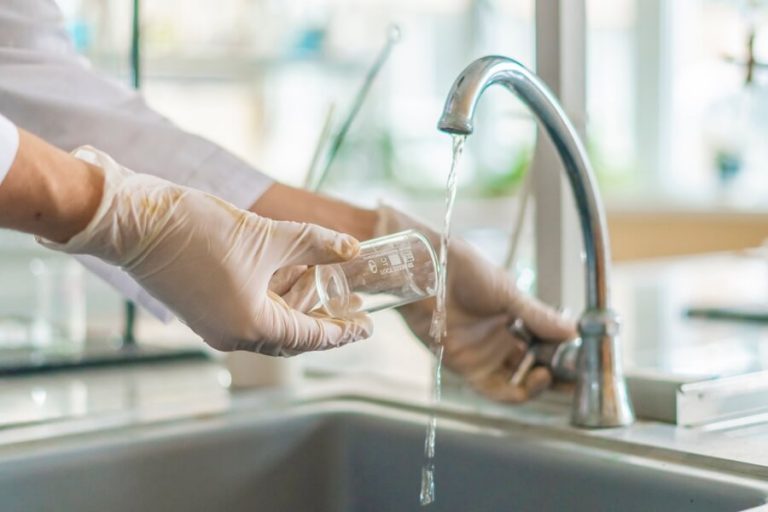
Reverse osmosis, usually referred to as RO, is a kind of water filtration that can eliminate up to 99% of impurities from water, including both visible and invisible pollutants. The water is often forced through a specific, semipermeable membrane as part of a multistage procedure. In the end, drinking, cooking, and other everyday uses of water are made safer and cleaner.
Are you curious about reverse osmosis and what it does?
With the help of our Water Solutions team, you may learn more about typical process involved in Reverse osmosis here with us
Reverse osmosis: How Does It Operate?
As the name suggests, reverse osmosis (RO) is a natural phenomenon that happens in all cell-based creatures, including plants, animals, and even people. You must first grasp what osmosis is in order to comprehend reverse osmosis. Regular osmosis involves the flow of a diluted solution into a concentrated solution over a semipermeable membrane in order to balance the concentration on either side. Osmosis may be seen in the way your fingers grow pruney after swimming in the water. The water in our body in this situation escapes through our skin and into the water surrounding us.
Here is how reverse osmosis functions:
Reverse osmosis, in contrast to osmosis, which is a passive process, needs some outside force or pressure to function.
In order for a highly concentrated solute solution, like saltwater, to flow through a membrane and transform into a less concentrated solution, pressure must be applied to the solution.
Water can pass across the membrane, but bigger molecules, such as pollutants, are blocked.
Higher solute concentrations are left on one side of the ro membrane while the solvent, which is filtered water, is left on the other.
What does reverse osmosis do?
Seawater or salt water is often desalinated into drinking water using reverse osmosis (RO). Desalination has been accomplished for hundreds, if not thousands of years, by heating water and condensing the steam (distillation). This method works well on a local scale, such as when a sailor uses the sun to make a cup of water, but it is extremely energy-intensive when used on a big scale. When RO became commercially accessible in the middle of the 20th century, it completely changed the game. It separates the water into clean water on one side and salt and other contaminants on the other by forcing the water through an ultrafine membrane.
Reverse osmosis systems employ a procedure that turns the natural osmosis process on its head so that water can pass through a semi-permeable membrane from a more concentrated solution to a more diluted solution. Pre- and post-filters are frequently used in conjunction with the actual reverse osmosis membrane.
That systems are extremely successful in eliminating protozoa (such as Giardia, Cryptosporidium)
Reverse osmosis systems are extremely good in eliminating bacteria (such as Campylobacter, Shigella, Salmonella, and E. coli), as well as viruses (such as Hepatitis A, Enteric, Norovirus, and Rotavirus).
Conclusion:
It usually referred to as RO, is a kind of water filtration that can eliminate up to 99% of impurities from water, including both visible and invisible pollutants. The water is often forced through a specific, semipermeable membrane as part of a multistage procedure. In the end, cooking, drinking, and other common uses of water are made safer and cleaner.
Netsol Best RO manufacturer
You can easily enjoy safer, cleaner water at home or offices, thanks to Netsol reverse osmosis systems. We can assist you in locating the ideal system, regardless of whether your top goal is a small design that smoothly integrates into your house or an unending supply of RO water. With a system designed to meet the unique water requirements of your house, you can have an endless supply of cleaner, safer water. The system is intended to be simple to set up and maintain and is certified to decrease 60 pollutants.
Contact us at enquiry@netsolwater.com or by phone at +91-9650608473 for any more assistance, questions, or product orders.
